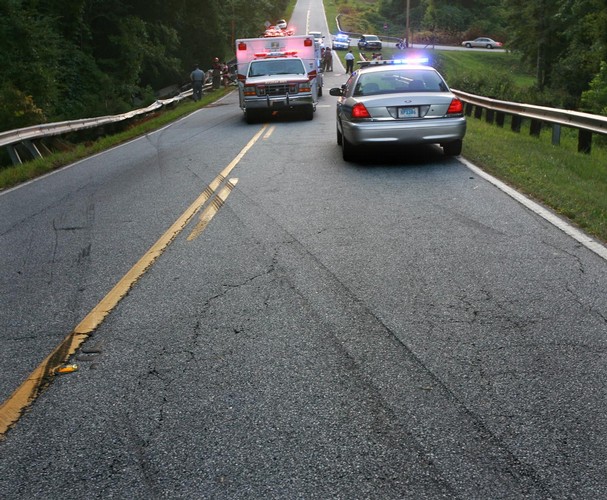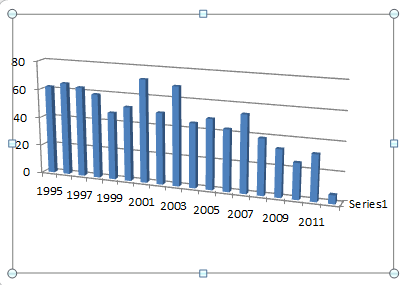Trending: Lawsuits Against Employers For Encouraging Distracted Driving
 The scourge of distracted driving is so bad that I predict many attorneys will be adding to their lawsuits complaints against employers for failure to have policies, procedures and protocols to discourage distracted driving. First, a little bit about agency.
The scourge of distracted driving is so bad that I predict many attorneys will be adding to their lawsuits complaints against employers for failure to have policies, procedures and protocols to discourage distracted driving. First, a little bit about agency.
An agent is someone who is working for someone else. When an employee gets in his car to go do something for his employer, he is the agent of the employer. When the driver negligently causes a Maryland auto accident, both the driver is responsible and the employer is responsible.
Because distracted driving is such a big deal right now, employers are jumping on the bandwagon to come up with policies about when their employees can and can’t use cell phones while driving. Some companies are prohibiting the use of handheld phones; others are prohibiting all cell phone use, even hands-free conversation. Where an employer does not take the step to set a policy, they are setting themselves up for more liability in the event of an accident. Realistically, they will be on the hook for any auto accident injuries regardless of whether the company was negligent, but it gives one more reason for the judge or jury to decide that the company is responsible. Also, it puts forth negative conduct by the company, which makes a jury more likely to decide against them if the question of liability (whether the employee was negligent) is unclear.
 Maryland Car Accident Lawyer Blog
Maryland Car Accident Lawyer Blog


 A driving simulator called One Simple Decision, made by Virtual Driver Interactive http://www.driverinteractive.com/index.php is attempting to show driver’s the short and long-term consequences of texting and driving. It starts with the driver driving, and then instructs the driver to begin texting. When the (hopefully) inevitable collision occurs, the driver goes through a first-person interrogation by police, medical personnel, and a judge in an attempt to show chronic texters the real-life consequences of distracted driving.
A driving simulator called One Simple Decision, made by Virtual Driver Interactive http://www.driverinteractive.com/index.php is attempting to show driver’s the short and long-term consequences of texting and driving. It starts with the driver driving, and then instructs the driver to begin texting. When the (hopefully) inevitable collision occurs, the driver goes through a first-person interrogation by police, medical personnel, and a judge in an attempt to show chronic texters the real-life consequences of distracted driving.  Colossus is a software program used by many insurance companies to determine the value of automobile accident claims and lawsuits. The software program gets a bad rap from plaintiff’s lawyers–probably because it undervalues those claims. Now, a former Allstate and Encompass Colossus expert and a former Texas insurance commissioner are informing the Consumer Federation of America’s latest report,
Colossus is a software program used by many insurance companies to determine the value of automobile accident claims and lawsuits. The software program gets a bad rap from plaintiff’s lawyers–probably because it undervalues those claims. Now, a former Allstate and Encompass Colossus expert and a former Texas insurance commissioner are informing the Consumer Federation of America’s latest report,  The federal government has closed a loophole that was the cause of untold numbers of trucking accidents. Truck drivers who hauled material to and from oil drilling sites were limited to spending 14 hours of work before resting–the problem is that the former rule did not include time at the drilling site. So, truck drivers could spend 14 full hours on the road, and any amount of time on duty loading, unloading or performing truck maintenance at the site. Other duties could easily increase the time between significant rest periods to 15, 16 or 17 hours.
The federal government has closed a loophole that was the cause of untold numbers of trucking accidents. Truck drivers who hauled material to and from oil drilling sites were limited to spending 14 hours of work before resting–the problem is that the former rule did not include time at the drilling site. So, truck drivers could spend 14 full hours on the road, and any amount of time on duty loading, unloading or performing truck maintenance at the site. Other duties could easily increase the time between significant rest periods to 15, 16 or 17 hours.  The Washington Post published an article last week,
The Washington Post published an article last week,  Our last post on
Our last post on  The 1998 Court of Appeals decision in
The 1998 Court of Appeals decision in  The nearly mid-year District of Columbia traffic death statistics are out (up through May 11), and D.C. is doing very well. Credit is of course going to D.C.’s safety initiatives: education, better signs, safety officers, speed cameras (Mayor Vince Gray would like one on every corner), etc…. The accident death toll is now six, compared to 14 deaths this time last year. In 2009, there were a total of
The nearly mid-year District of Columbia traffic death statistics are out (up through May 11), and D.C. is doing very well. Credit is of course going to D.C.’s safety initiatives: education, better signs, safety officers, speed cameras (Mayor Vince Gray would like one on every corner), etc…. The accident death toll is now six, compared to 14 deaths this time last year. In 2009, there were a total of